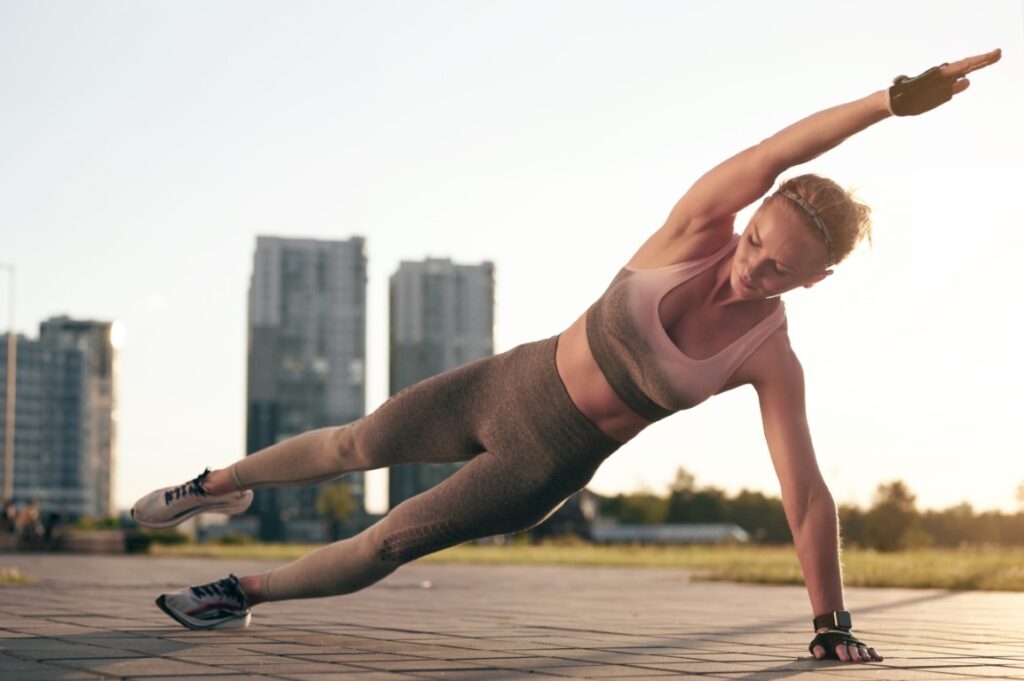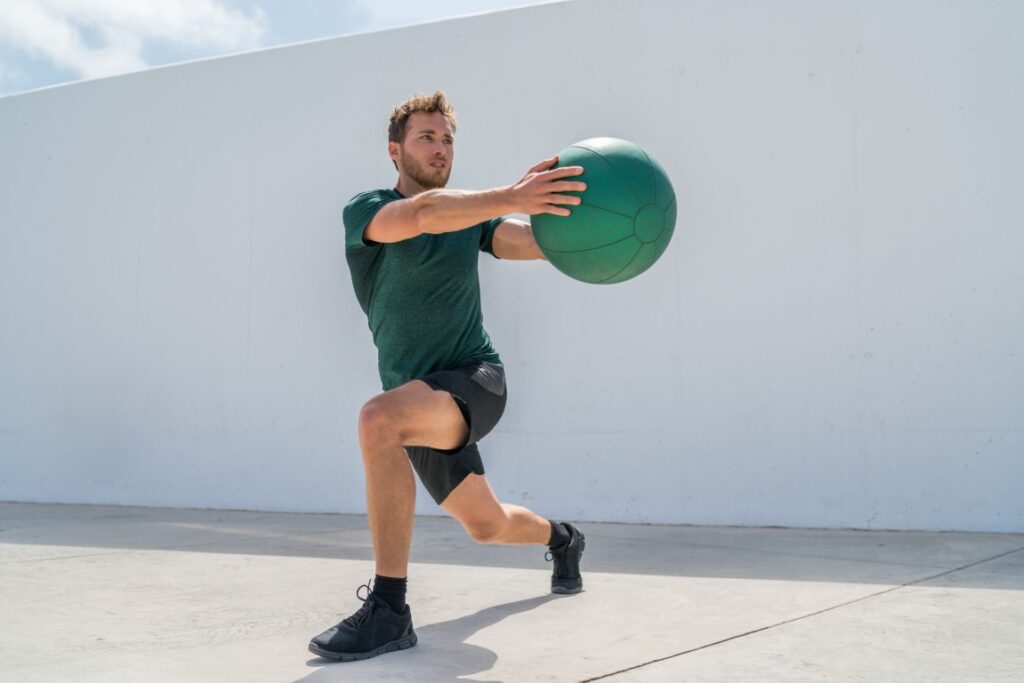Plyometric is a type of exercise that aims at building up muscle strength by exerting extreme force on muscles at short intervals of time. It is also known as ‘jump training’ and ‘Plyos.’ In this type of fitness training, the main focus is on learning to move from a muscle extension to muscle contraction in an explosive manner. Jumping continuously is an example of this. Plyometric training is mainly practised in the athletic field. Sprinters, martial artists, and high jumpers are the group of athletes that mainly focuses on Plyometric training. It is a great way to improve athletic performance. Plyometrics is also used in the fitness filed in a miner degree. Not that intensity like in the athletic field is not seen in the fitness field for plyometric training.

Plyometrics in fitness field
Plyometric exercises are used in fitness to improve muscle strength but only with less intense training. Plyometrics mainly uses dynamic moves like jumping, running and skipping to improve muscle strength. When you do a dynamic movement stretching and a contraction of muscles occurs there. The muscles will get more power as progress with our movements makes them work more efficiently and less stressfully with each movement. This is the strategy that is mainly adopted in Plyometric fitness.
Plyometric exercises are advised to do with a break. Continuous doing of plyometrics may cause muscle stress. After intense work, muscles also need rest. So plyometric exercises are not done daily.
The benefits of Plyometric exercises
There are many benefits to plyometric training. It plays an important role in keeping our body fit. Including plyometric training in your exercise routine alternatively will help you with your healthy way of life. Its uses are reflected in our body functioning also. Following are some of the benefits of plyometric training.
1. It tones the entire body
2. It helps in burning calories
3. Helps in the improvement of cardiovascular functioning
4. Boosts muscle strength
5. Enhances muscle power and working
6. It helps the body to build strength
7. Helps in increasing the body speed and power
8. Greatly helpful for athletes and enhances their athletic performance.
9. Boost agility
10. Helps in the enhancement of body coordination
11. Helps the functioning of the heart and maintains heart rate
12. Helps in the enhancement of the health of joints and bones

What all things to keep in mind while doing Plyometric training for safety
Safety is always the primary concern of exercise. No matter what type of exercise you are doing, safety protocols must be followed. Then only it will help you in motivating yourself to do better. There are many safety protocols concerned with an exercise type like Plyometric training. It is one of the intense training where much strength and power are needed. So it is very important to take safety precautions while doing plyometric training.
Plyometric training greatly stimulates the hip flexor muscle. To avoid any discomfort while training, maintaining good posture and form could help. If you feel any tightness or twinge, make sure to reduce the strength of the training and also lower the number of repetitions. This will help you with twinges or tightness.
If you are new to plyometric training then it is wise to take help from a personal trainer. They can guide you and help you with the training which will make it less stressful and injury free. Moreover, a personal trainer can know what all plyometric exercises will be beneficial for your fitness and what all things must be done to keep your body fit and healthy.
We know how motivated you are to do exercises and to keep your body fit and healthy. This enthusiasm is very good but remember, not to overdo the exercises, especially plyometric training for the first few days of the training. Gradually increases the speed and intensity of your training. Constantly remind yourself, quality is always better than quantity, especially when Plyometric is concerned.
Some of the major plyometric exercises constitute;
- Pop Squat
- Split squat jump
- Reverse lunge to knee-up jump
- Tuck jump
- Jump squat with heel hap
- Skater hop
- Burpee
- Box jump



